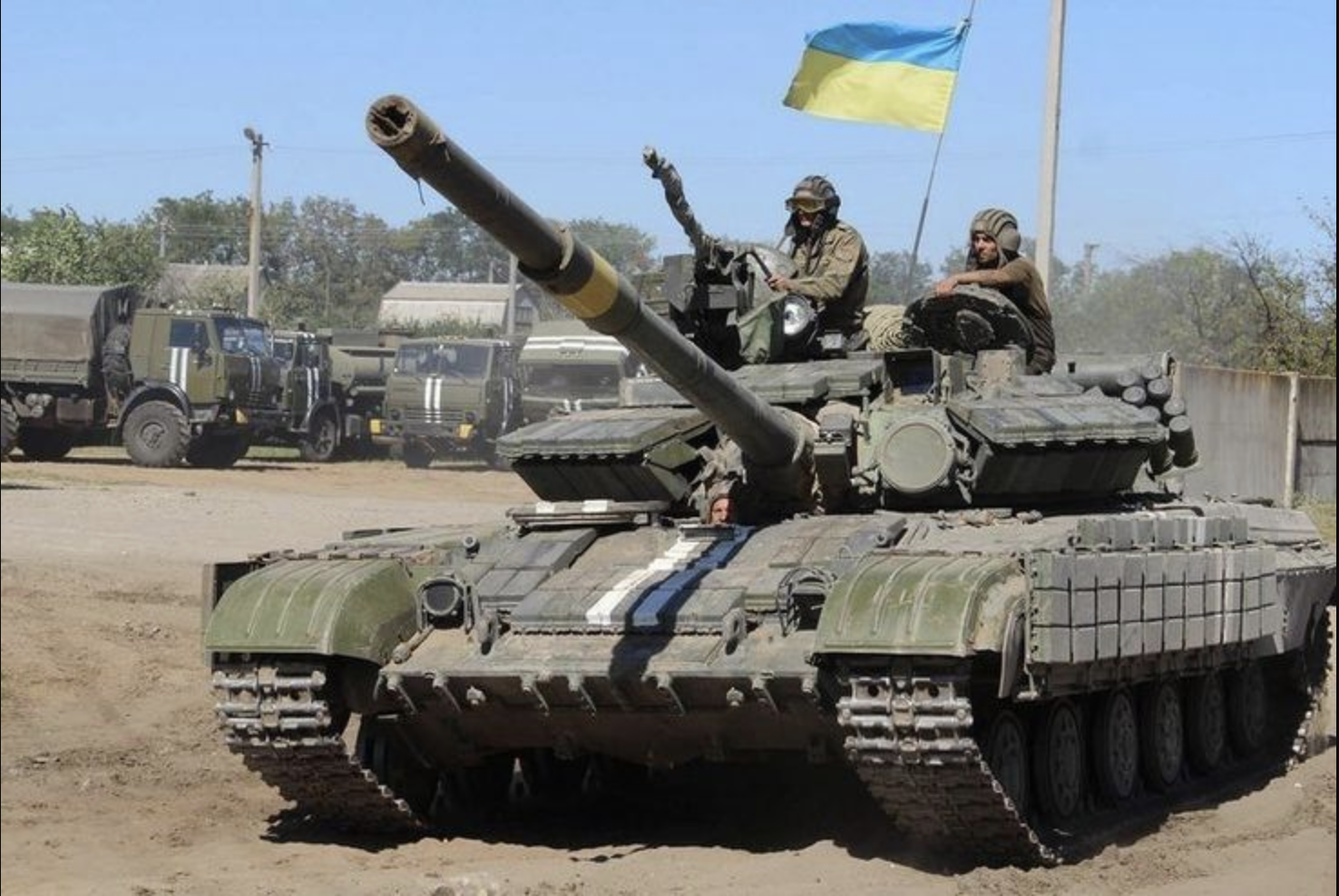With each new bout of the conflict in Ukraine, another Western weapon has entered the spotlight. During the early phases of the conflict one year ago, the Javelin anti-tank missile helped to repel Russian troops from the fringes of Kyiv. In the spring, as fighting moved to the Donbas region, it was Caesar and M777 cannons that became the defenders of democracy in Ukraine. And as the invaders’ lines were ripped apart by a resurgent Ukraine in the early autumn, it was the whoosh of the US-made HIMARS rocket launcher that heralded the rout.
In recent weeks, however, the focus has shifted to German and American main battle tanks, as both Ukrainian and Russian forces gear up for fresh offensives in the spring. Western tanks (far superior to their Soviet-era Russian counterparts) are an undoubted boon to Ukraine’s defense. The Russians, however, continue to occupy almost 20% of Ukraine, and stronger action is needed to expel Putin’s ‘little green men’ from the country.
The recent decision of the United States and Germany to furnish Ukraine with top-of-the-range billion-dollar Patriot air-defense batteries was admirable. However, the West is not yet providing Ukraine with its most advanced offensive capabilities, which the Ukrainian government sorely needs to protect its people.
The much-feted HIMARS rocket launchers invigorated the Ukrainians last year, allowing the defenders to strike Russian logistical positions far behind the front lines. By now, though, Putin’s army has reorganized, moving crucial stockpiles just out of range of Ukrainian fire.
The American HIMARS machines with which Ukraine has already been furnished are, though, kneecapped by the United States’ reluctance to fully equip them. The current GMLRS (known affectionately in certain circles as ‘gimmlers’) munitions have a range of just under 80 kilometers, putting much of Russian-occupied Ukraine out of reach. The most advanced weapons in the United States’ arsenal, though, (with the befuddling acronym ATACMS) have a range of 300 kilometers, and can carry two and a half times more explosives than GMLRS.
The military utility of these weapons is unquestionable. A Ukrainian military armed with ATACMS could strike the Russian Black Sea Fleet in Sevastopol, destroy the Kerch bridge connecting Crimea to Russia, and hit the key supply arteries of the invaders.
Understandably, the West is wary of provoking the nuclear-armed Russian bear by distributing advanced materiel. Nevertheless, there is a line between caution and timidity. The US has already placed restrictions on Ukrainian use of its weaponry – by forbidding strikes within Russia proper, for instance – to which the Ukrainians have adhered faithfully. There is no reason to think that Ukraine would risk the support of the West by using these weapons irresponsibly. Bombastic comments by Russian propagandists about that nation’s nuclear power might worry Western leaders. But every new announcement of Western aid thus far has produced only saber-rattling, and no military response. Furthermore, Ukrainian troops have already struck, with helicopter, drone, and special-forces attacks, on numerous targets deep within Russia. Again, nothing but bluster has emanated from the Kremlin.
Any sign of discord – like Germany’s and America’s latest fracas over tanks – stokes Putin’s war by highlighting the perception of Western weakness. American vulnerability to Russian posturing is translating into Ukrainian vulnerability to Russian bullets – at the cost of lives. Perhaps even more importantly, if NATO buckles under Russian atomic intimidation, it sets a precedent for other nuclear-armed states, like China, to invade their smaller neighbors under a protective umbrella of H-bombs. Only ATACMS, and other powerful weapons, can so thoroughly humiliate Putin as to render the invasion politically untenable in Moscow.






